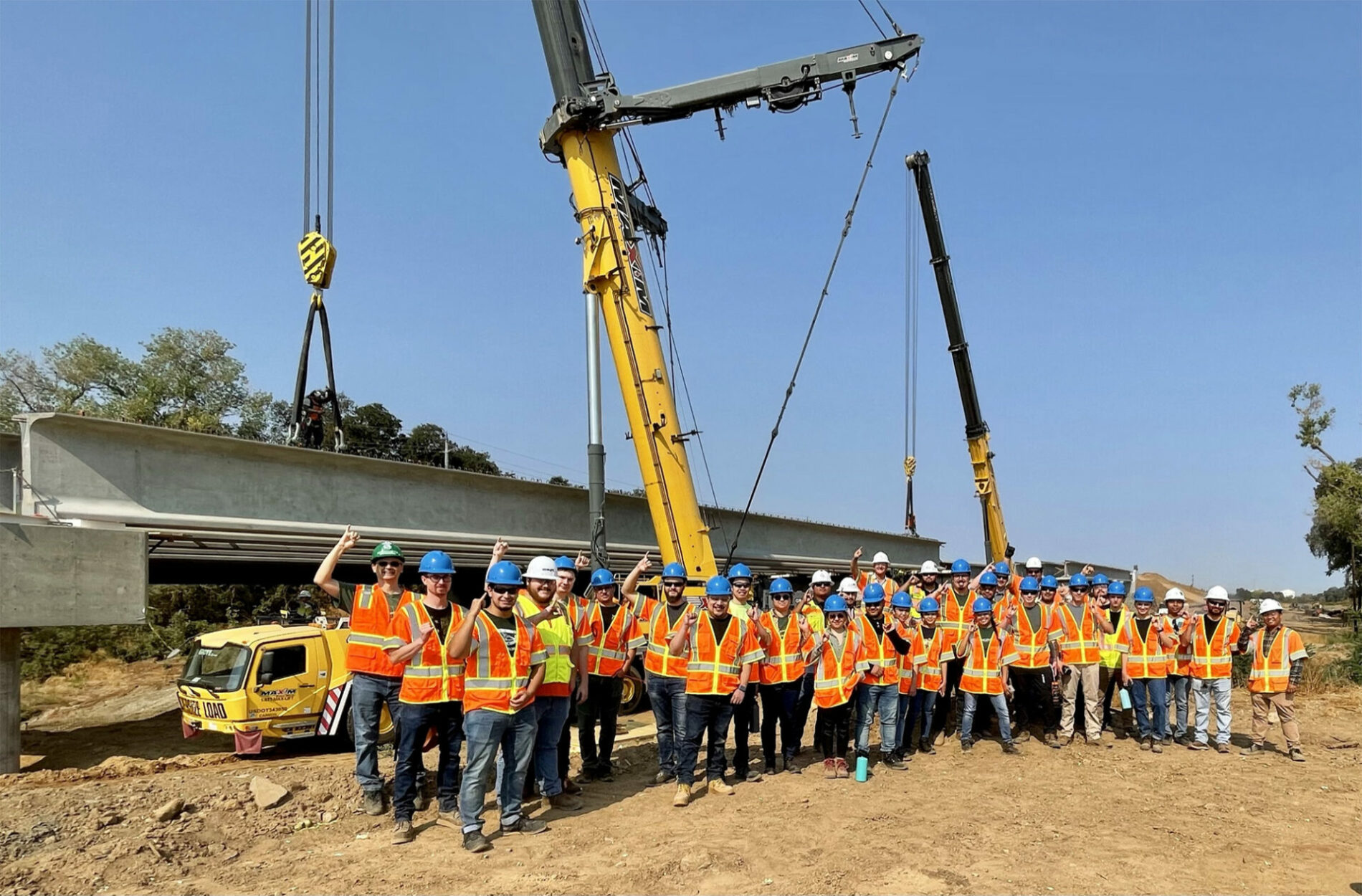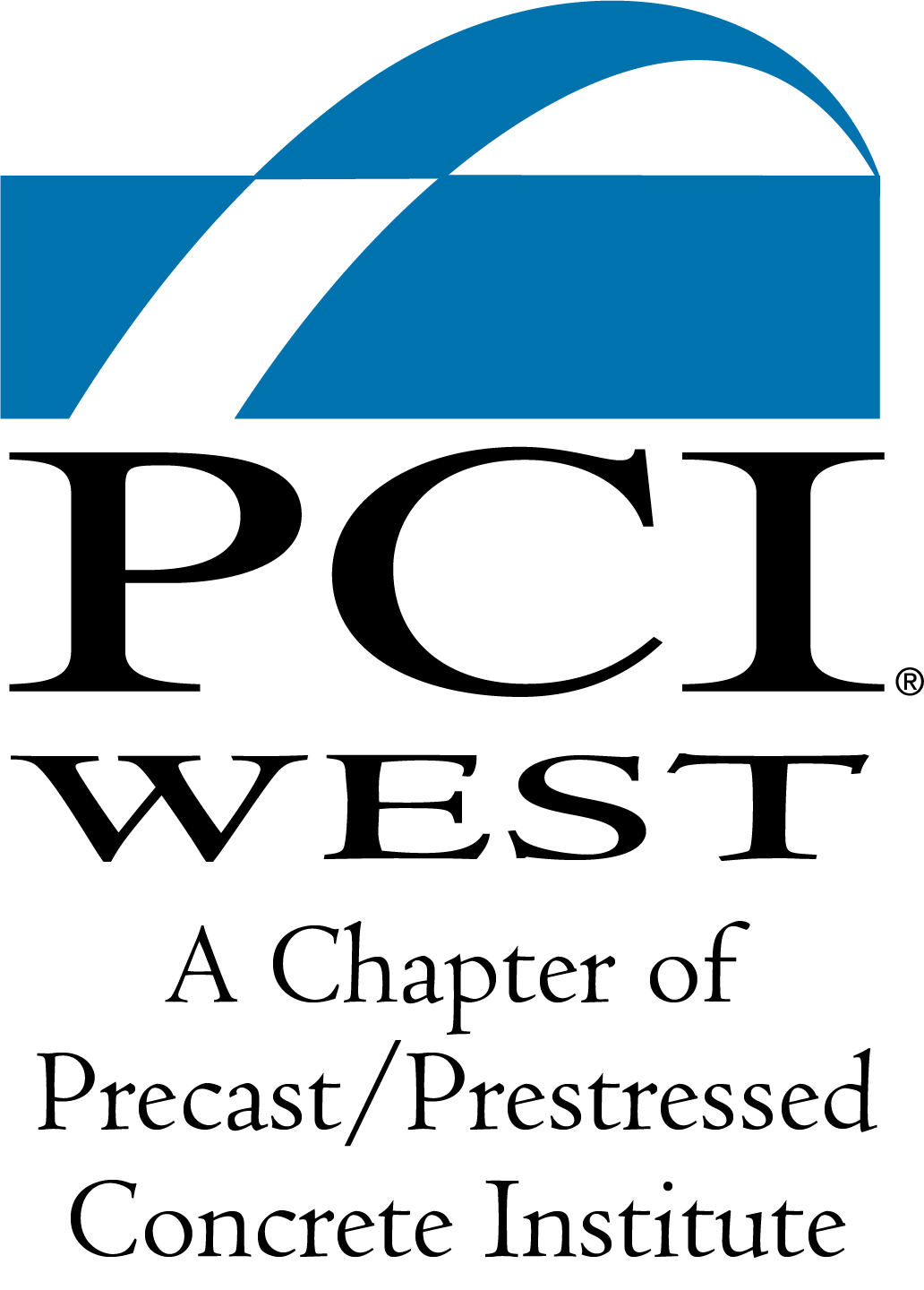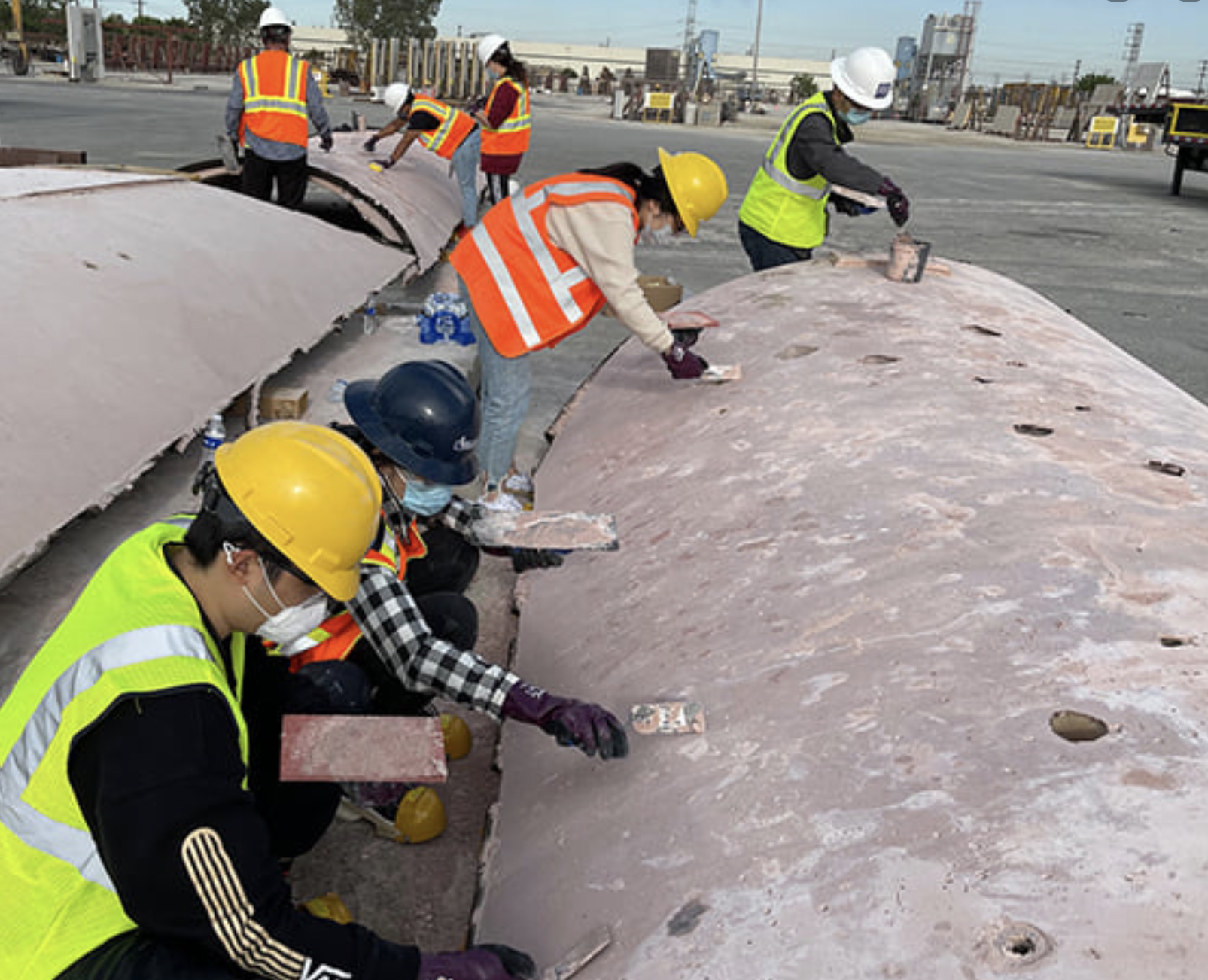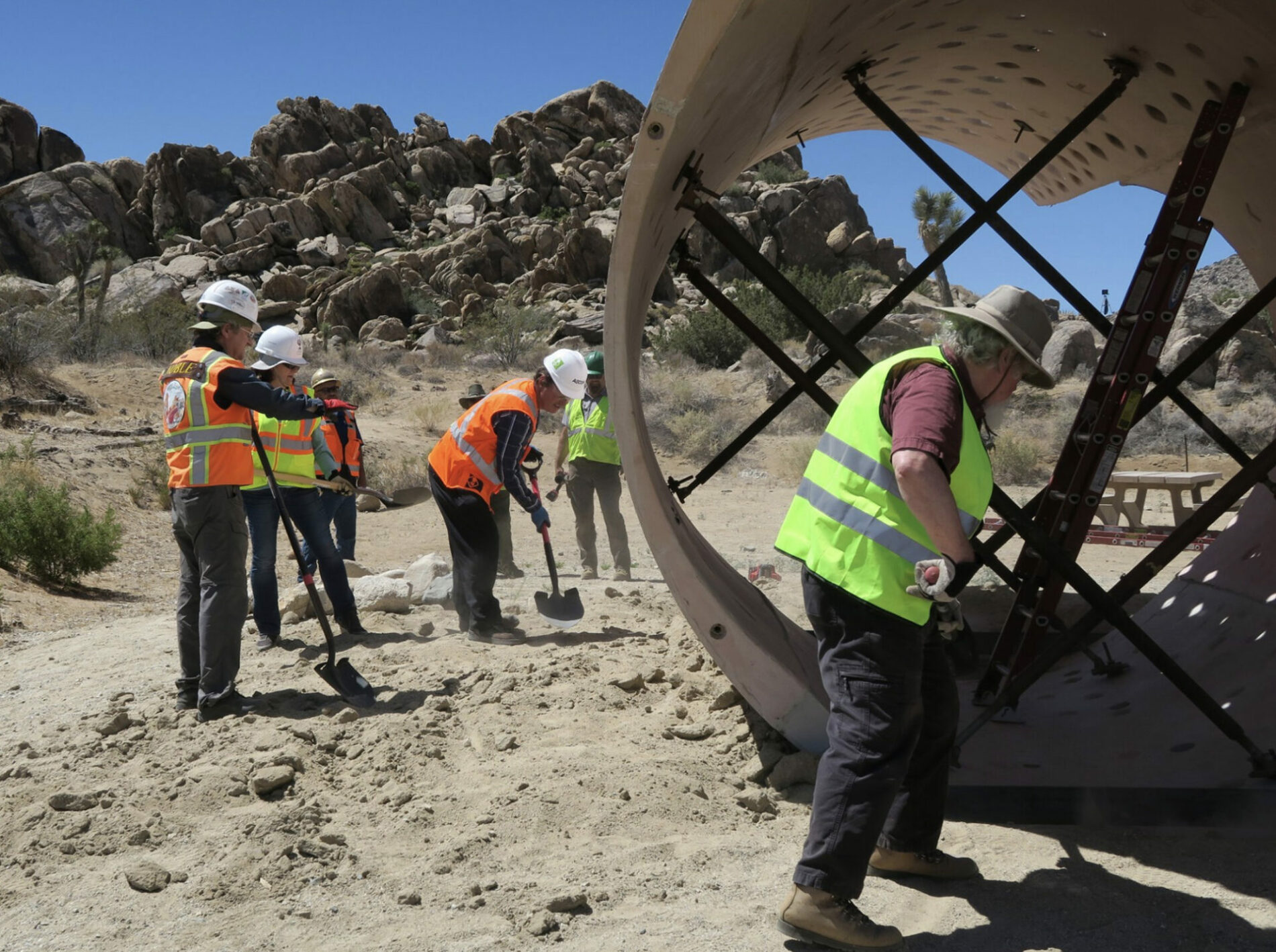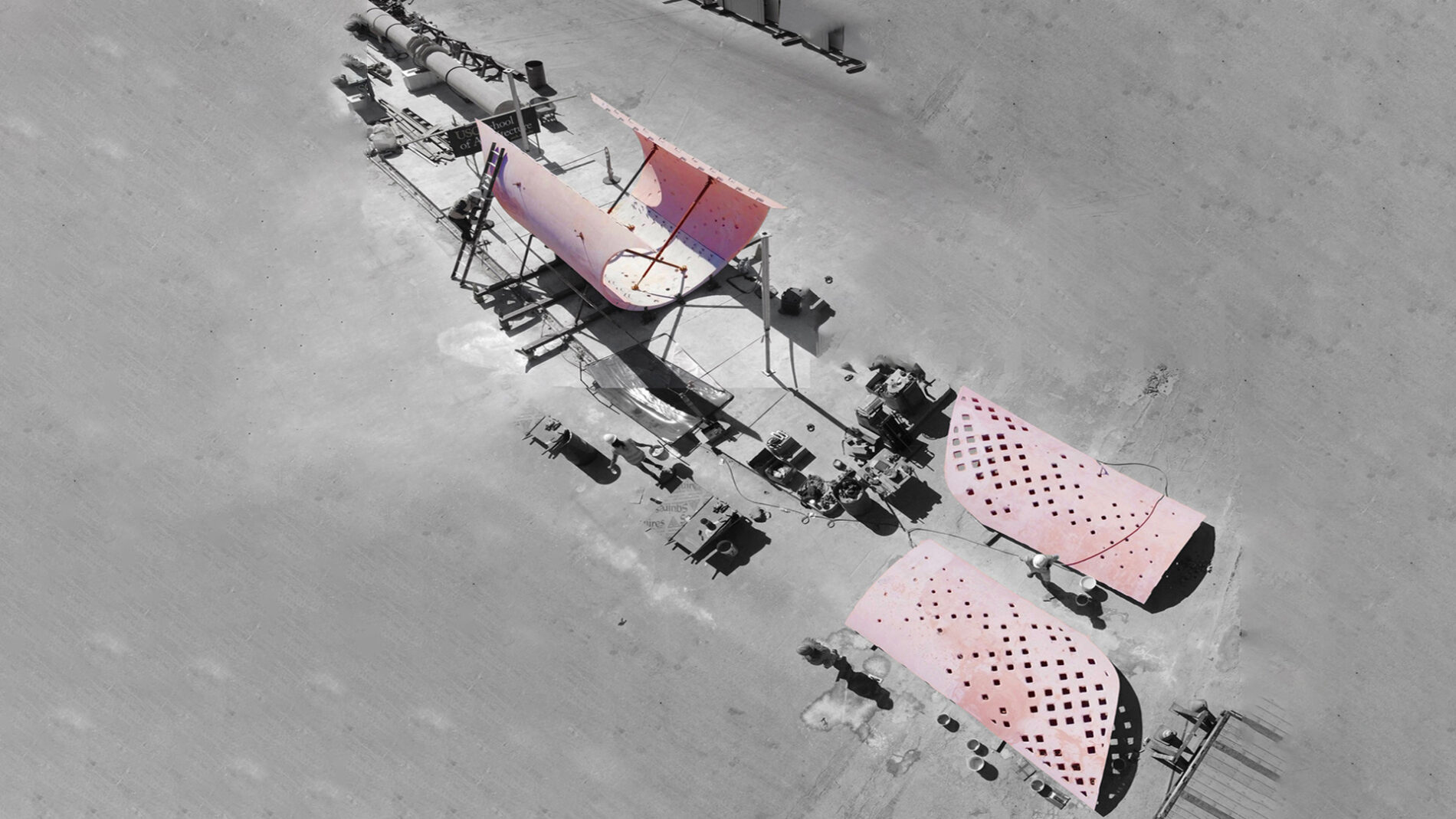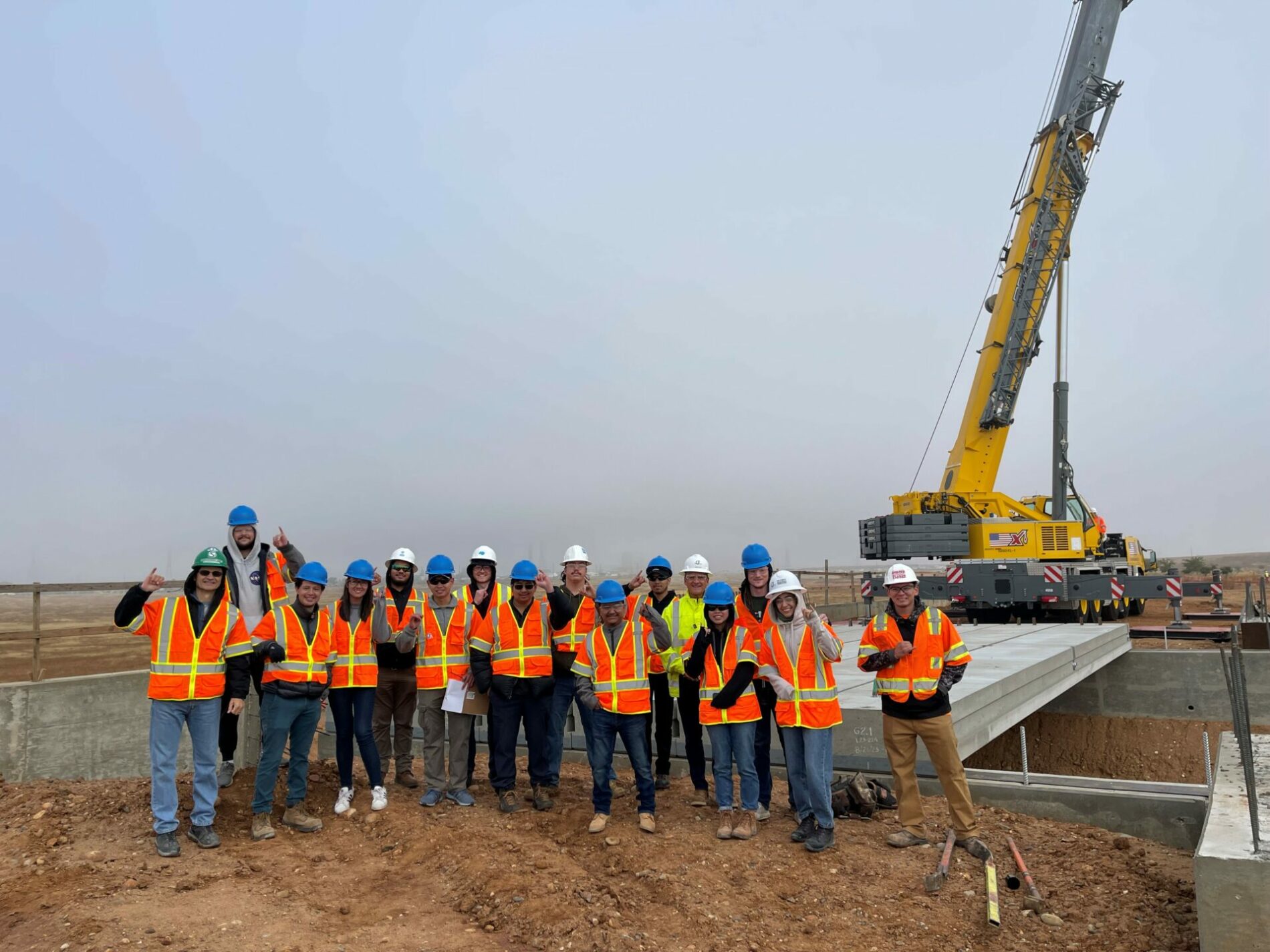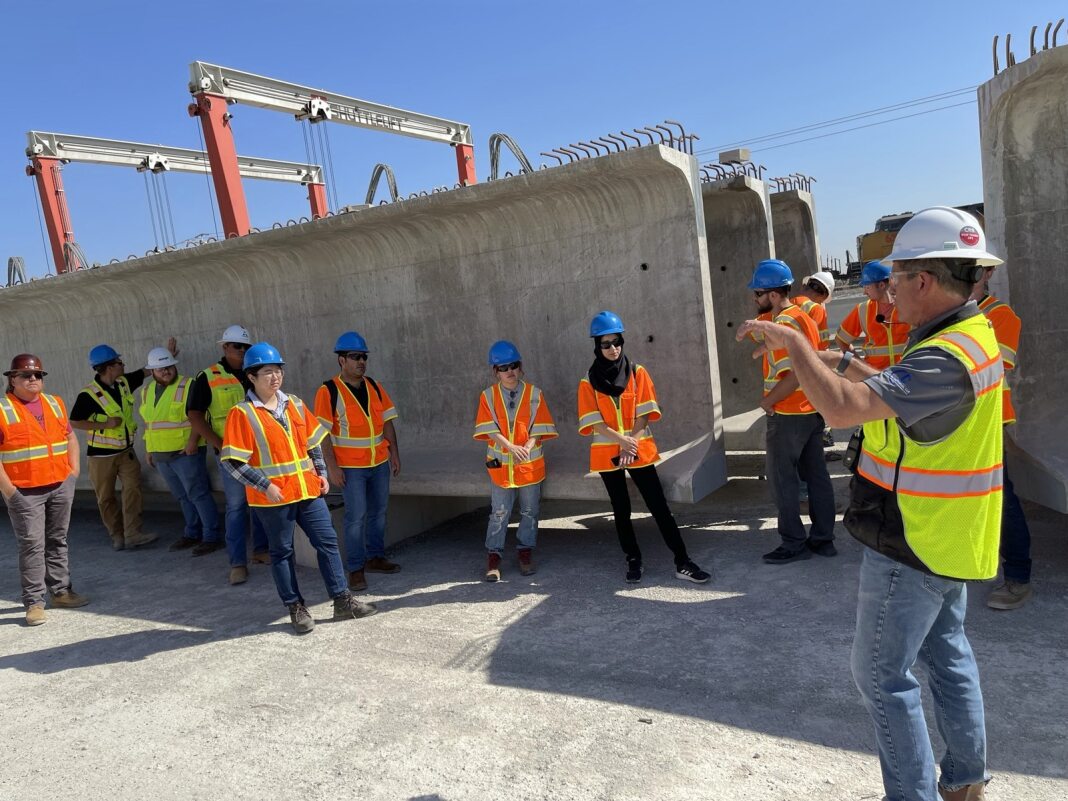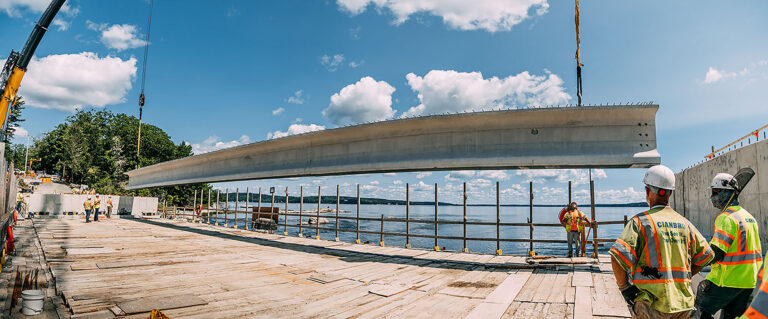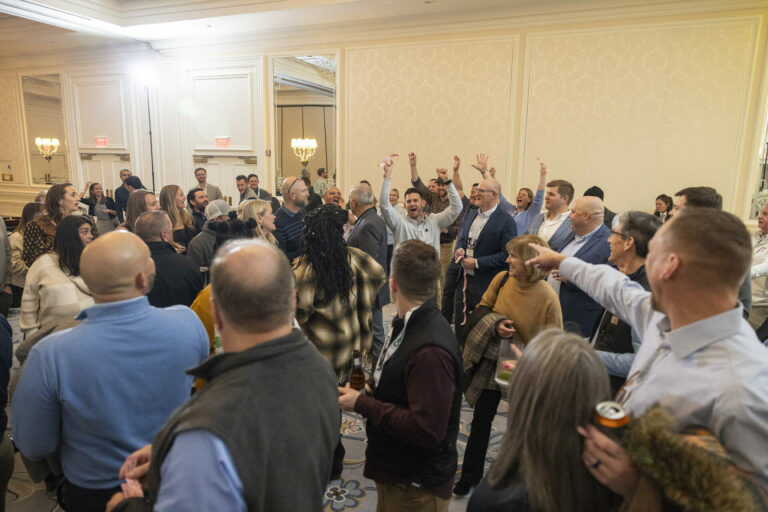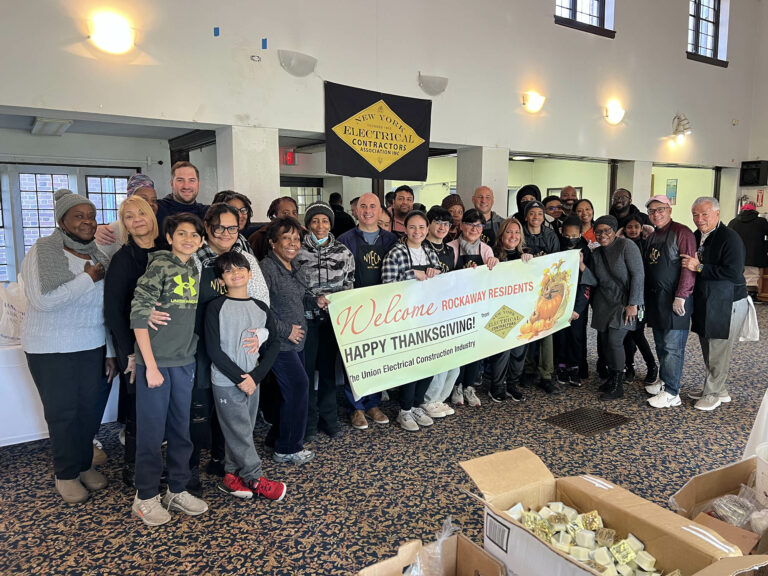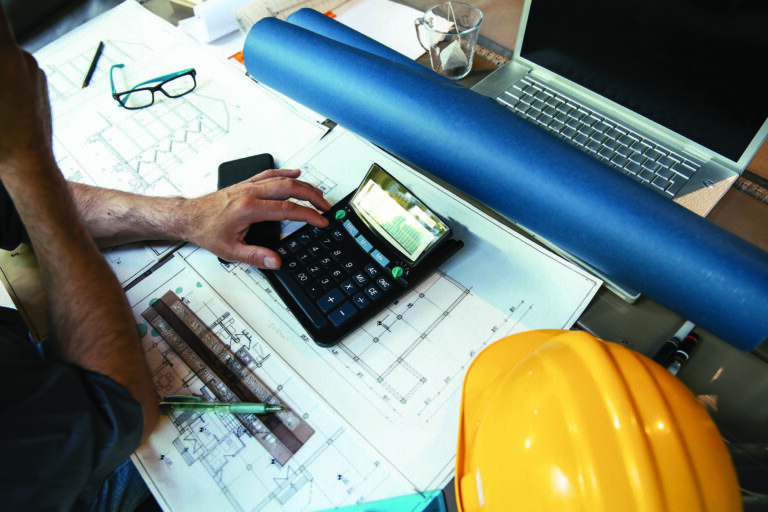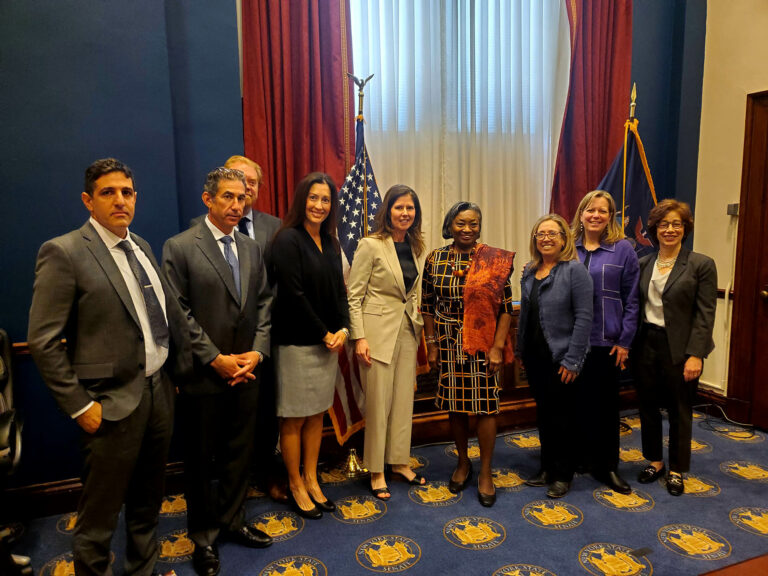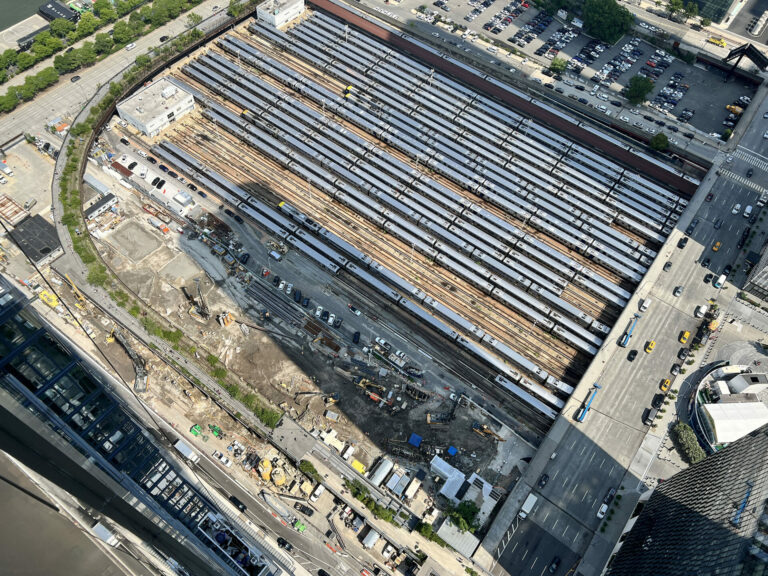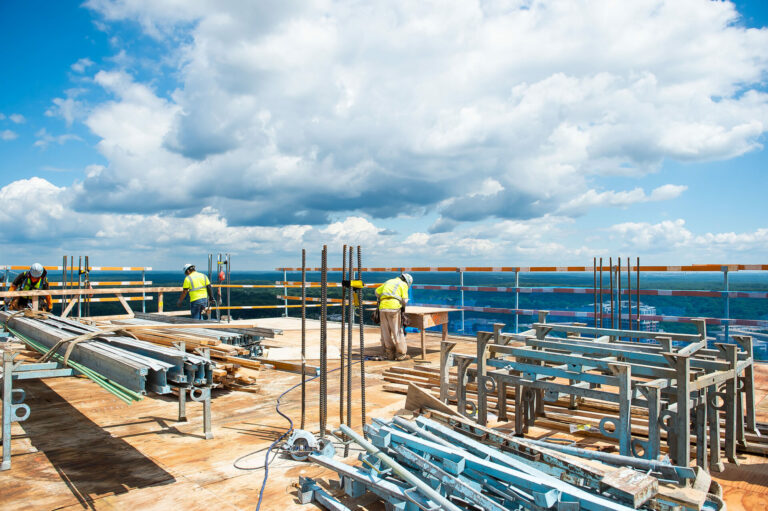In a post-pandemic North America, there are two things we know to be in abundance; a pipeline of construction work and a bright and promising young generation. The two are not only necessary ingredients for a positive future for the built environment, but a clear pathway that leads one to the other is very much needed. In California and Nevada, and in the case of precast and prestressed concrete, PCI West is that pathway. A regional chapter of the Precast/Prestressed Concrete Institute (PCI), PCI West is a non-profit organization that is committed to promoting the value and quality of precast and prestressed concrete through California and Nevada. PCI West represents 15 producer members (20 plants) and 30 associate member companies, to whom it provides funding, technical resources, a certification program for fabrication, and perhaps most significantly, continuous education. It is PCI West’s commitment to education that provides North America’s next generation of Architects, Engineers, and Construction workers with a direct pathway to a successful career in the precast/prestressed concrete industry.
Behind PCI West’s mission to advance the design, manufacture and use of precast and prestressed concrete products throughout the region, is Executive Director and licensed Civil Engineer, Ruth Lehmann. Lehmann comes with a background in architecture and engineering, and is therefore well equipped to guide both disciplines towards industry success. Precast and prestressed concrete continues to trend upwards in popularity as a building solution of choice in North America, and career opportunities trend upwards along with it. The promotion of this message throughout California and Nevada is at the core of PCI West’s mission. “PCI West is about promoting and educating our architectural, engineering and construction community on precast and prestressed concrete products,” says Lehmann. “That includes reaching out to university students in university programs to inform how they might add precast and prestressed concrete design solutions to their professional tool belt.”



USC CARAPACE program – Photos by Douglas Noble
To understand the importance of educating the next generation on precast and prestressed concrete, we must first understand the ever-changing demands of the construction industry and the place of precast and prestressed concrete within it. Accelerated Bridge Construction, for example, is a major market trend and growth opportunity for the industry. “The Federal Highway Administration (FHWA) is very much about accelerated bridge construction,” Lehmann says, “and the Department of Transportation here has told us that they want to see 30% of bridge construction or bridge projects to be accelerated bridge construction.” I ask her where PCI West fits into all of this, and she says that there is a lot of motivation to build quickly, efficiently, and safely. “Because PCI West producers are producing bridge girders, columns and other elements for bridges that are cast off-site, we have an opportunity to deliver them when needed and potentially accelerate the project schedule.” With bridge construction booming, California is motivated to really invest in the improvement of state infrastructure, which means funding is available once you know how to secure it. That’s where PCI West plays a part. “We have the State of California “1B” funding and many sources of transportation funding at our ports and on the county level, not to mention federal funding that is available for transportation.”
Also trending upwards in the industry is the demand for structurally secure and environmentally sound buildings that are climate-ready. That is, buildings and structures that will not crumble under the pressure of the climate emergency. The role of precast and prestressed concrete in this instance is obvious, given that it can have two to three times the compressive strength of regular concrete. “With precast and prestressed concrete, we can create environmentally sound skins for buildings, if you will. Whether it’s moisture infiltration or air temperature infiltration of the building envelope, we have great opportunities in the cladding market to create solid, secure building systems, and our industry is responding to that. We’re also looking at many different ways to improve our systems in terms of global warming potential,” Lehmann says, giving the example of Portland Limestone (PLC), a blended cement with a higher limestone content that performs the same while reducing the carbon footprint by an average of 10%. “We also try to encourage that our member plants are using renewable energy resources such as wind or solar, which helps us be good stewards of our environment. This is a huge growth area, that we take very seriously and want to be part of our community’s solution to combat global warming.”
“Although we have many things that we do at PCI West, working with students and educating the next generation is probably what my members are most passionate about.”
When Lehmann joined PCI West seven years ago, she recalls an industry-wide buzz around the value of establishing connections with universities, working with students one to one, having them visit precast plants and getting them more involved in the design of precast and prestressed concrete. “And so, we embarked on a journey to develop design studios,” Lehmann says. “We have one at USC School of Architecture which we are continuing with, and we have a long-time studio at Cal Poly Pomona Architecture Department which is a one semester class.” What’s interesting about the Cal Poly Pomona studio is its recent partnership with the University of Hawaii, Manoa, which was born out of a joint research venture on the potential of precast and prestressed concrete to withstand natural disasters. “The students started off looking at tsunamis, the risk for which is heightened in Hawaii but also a problem in California. They’re also looking at other natural disasters, like the wildfires we experience in California and that which were recently experienced in Maui. So, the students from the two campuses have differences and commonalities, and we have them working on a studio together using remote technology.”
Lehmann works alongside many industry professionals with interested in the future of the precast and prestressed concrete industry, including Architects, Engineers, and Professors. “PCI West dedicates over $30,000 annually toward the development of studios and educational interactions with the students,” Lehmann says. “Although we have many things that we do at PCI West, working with students and educating the next generation is probably what my members are most passionate about.” Handpicked by Lehmann because of their commitment to educating the future generation are Brent Koch, Eric Matsumoto, and Doug Noble, all of whom contribute to PCI West’s mission in a significant way.



Sacramento State University – Photos by Eric Matsumoto
Brent Koch is licensed California Civil Engineer and the Chief Engineer of Con-Fab California LLC, one of PCI West’s producers. Brent also serves on PCI’s parent board of directors on behalf of PCI West, as well as taking an active role in working with universities. One of the newer studios that has been developed since Lehmann came on board is a bridge design studio at Sacramento State. The Precast Bridge Studio is being operated under a grant from the national PCI Foundation, and with funding directly from PCI West. Brent, a strong supporter of the studio, tells me about the semester-long intensive program. “It’s a combination of mostly civil engineering students and construction management students,” Brent says. “Incredible entors from the bridge design world and Caltrans work with the students over the course of the term to design their project to establish a budget and prepare a construction schedule. Design software is available to them, and they are trained how to use it by one of the authors.”
After lectures and demonstrations, students are given precast plant and jobsite tours to deepen their understanding of the design, plant fabrication and jobsite construction processes as well as their inter-relationships. “This program is a comprehensive immersive experience where the students plan and design real-world bridge structures utilizing precast prestressed concrete members,” Koch says, “then they visit our production facility where they can see first-hand how precast is fabricated, and finally we tour a jobsite to observe and discuss the nuances of precast girder transportation and installation.” Doctor Eric Matsumoto is a Professor of Structural Engineering at Sacramento State University in the Civil Engineering department, and he matches Brent’s enthusiasm when he chimes in on the bridge studio. “It’s the first program in the country that prepares civil engineering and construction manager students in bridge design and construction to collaborate under direct industry mentorship. It’s a rare and very challenging task for undergraduate students to actually design a multi-span precast prestressed bridge and perform the preconstruction services. PCI West has supported us in multiple ways to provide this immersive industry experience. Our students not only achieve in the classroom, but interact with industry in the classroom, on plants tours, and through the entire mentorship process. Then they’ll get job offers, some of them directly with the precast industry, but the majority in the transportation industry based on their knowledge of precast/prestressed concrete.” PCI West’s approach to education is all about this immersive learning experience that is evident in the studios that they operate. “You only get truly educated and become the industry’s next generation by hands-on experiences,” Matsumoto says.
From a yearly convention where organization members showcase their tools and equipment, to an intense 2-day multi-disciplinary design competition called Project Precast, PCI West’s reach in terms of education spans way beyond the classroom. “With the assistance of professors, PCI West sends an army of students to national and regional precast meetings, especially the PCI National Convention,” Matsumoto adds. “And this, in a sense, seals the deal for them, because they start to see the many industry members, including legends, at work in both formal technical sessions and social events, and they think “This is cool, I want to get involved.” Matsumoto also talks of midnight field trips where students observe the installation of girders on bridges. “It’s an unveiling experience for them when they get to see it up close. We’re not only educating them in a theoretical way, we’re combining their theoretical understanding with this practical industry understanding and experience.”
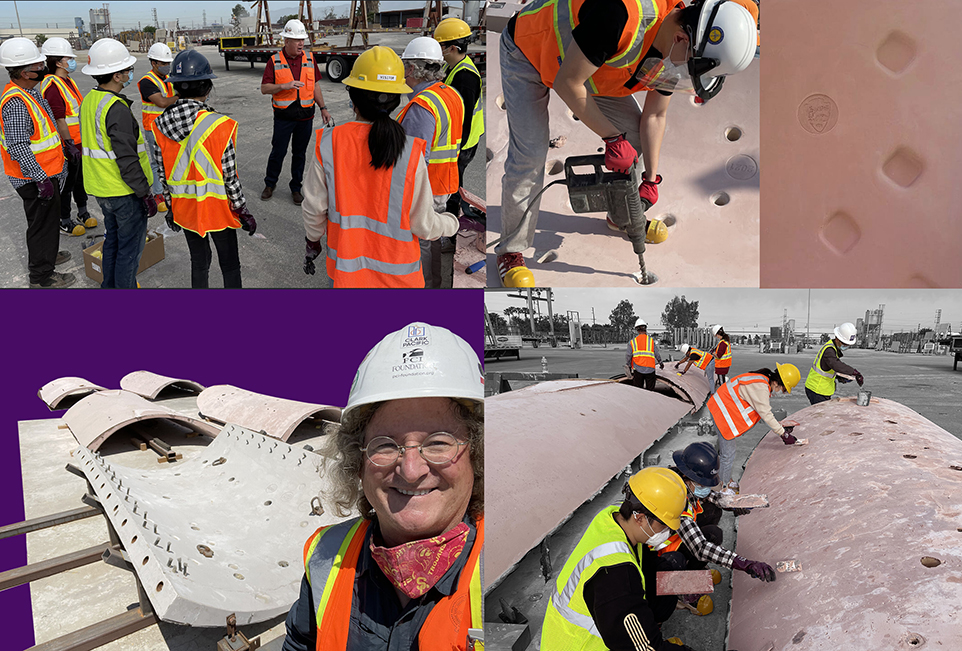
Doug Noble, Architect and USC Professor, reflects on a particular project out in Joshua Tree which was made with precast concrete by USC students. “The project is called Carapace, like the shell of a turtle. It’s a full-size project we did out in Joshua Tree National Park, which is a little bit inland in California, just north of Palm Springs. We did this ultra-high-performance concrete, we had 36 or 37 really challenging goals that we set for ourselves and we installed it last year. It has now won six major awards.” Work continues out in Joshua Tree for Doug and the team, in the form of a new project making tiny homes for rangers. “We call them pocket lodges. Tiny homes that can be prefabricated offsite out of precast concrete. These are for seasonal Park Rangers, like college students. They get 250 square feet, so a super tiny home. That project got underway about a year ago and were making progress with it.”
The success of PCI West and its pioneering approach to educating the next generation is powered first and foremost by equal engagement from students, educators, and the PCI Foundation, all of whom share a passion for the precast and prestressed concrete industry and a drive to succeed within it. “PCI West brings together many disciplines that otherwise would not collaborate,” says Matsumoto, “and so it’s become a real synergy. This is a real unique aspect of what PCI West has been able to spearhead.” This unique connection between different disciplines is evident even in the small sample of PCI West members that join me today. You’ve got Eric Matsumoto, professor and Civil Engineer, Brent, one of the many fabricators, and Doug, representing the Architecture side of things. Each have their own unique working relationship with the foundation and with each other, with PCI West as the common ground and Lehmann leading the charge. Ruth Lehmann, as Noble describes her, is an incredible source of knowledge who takes an active role in the activities and projects of PCI West’s members. “And she is there for everything no matter what we’re doing or how far she has to travel,” he says, backing up Matsumoto’s and Koch’s statements about the indispensable support that comes from PCI West.
Before providing some final reflections on PCI West, Matsumoto tells me that he could talk all day about the stories of success, collaboration, and inspiration that he has experienced throughout his involvement with the non-profit organization. “There’s a spark there,” he says. “They provide resources, they provide connections between students and industry, because there’s a big shortage of bridge engineers, especially ones who are trained and who have knowledge coming into the office. I recently spoke with AASHTO, the American Association for State Highway Transportation Officials, which is the transportation representatives for the whole country. One of the high-level Department of Transportation bridge engineers said that the whole industry needs more students like what we’re developing. And he asked, is there a way we can extend what you’re doing at Sacramento State University to a national model? It’s a major discussion about the next generation, and PCI West has supported our grant to get the funding for it.” It seems there is industry-wide appetite for PCI West’s education model to grow and expand, in the interest of educating the next generation and inspiring a bright future for the precast and prestressed concrete industry.









